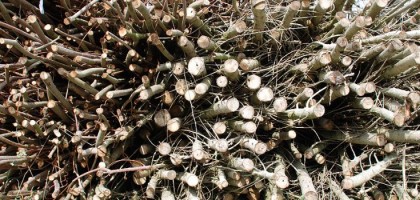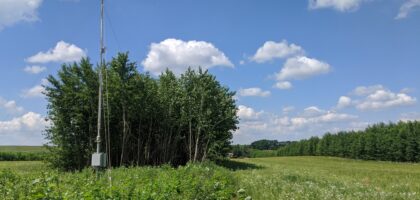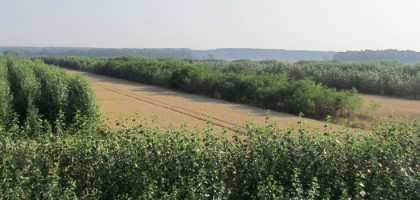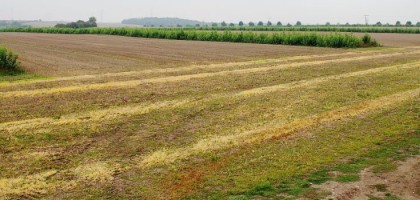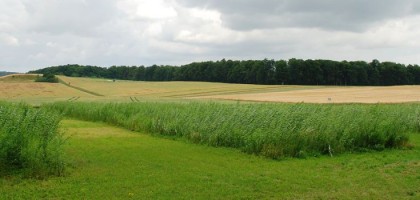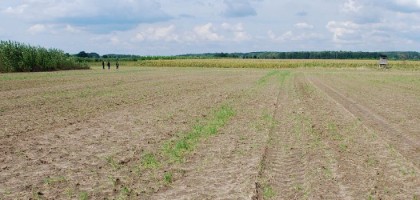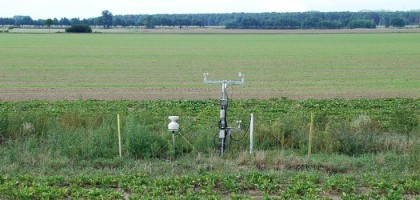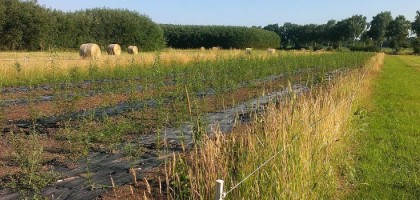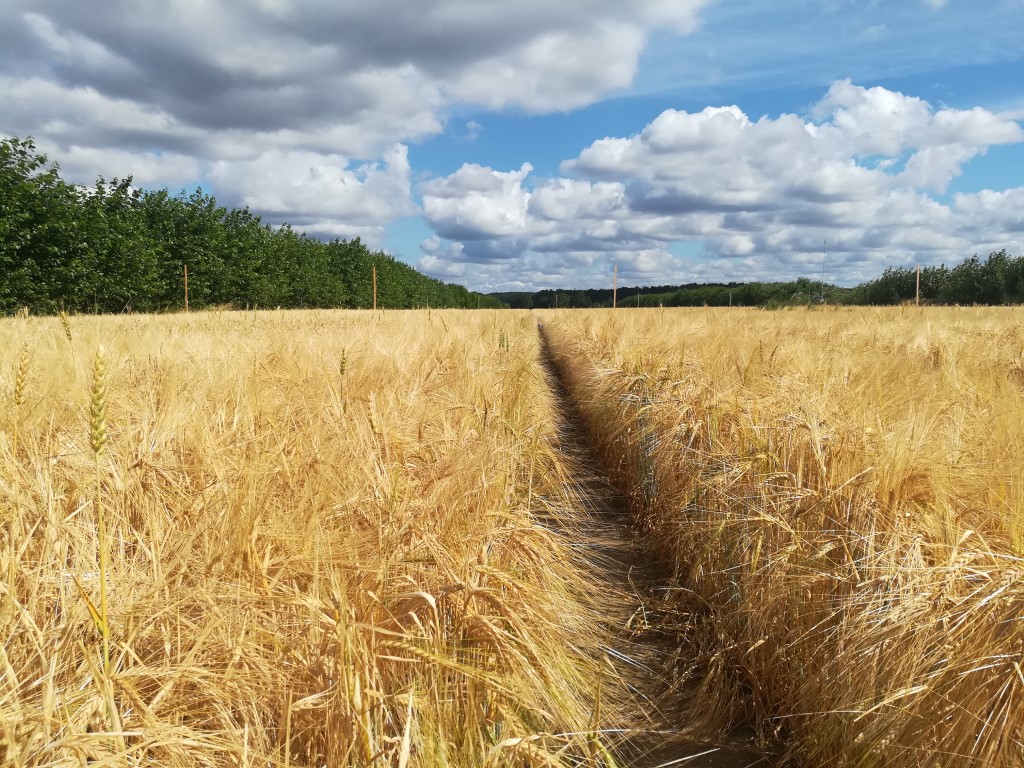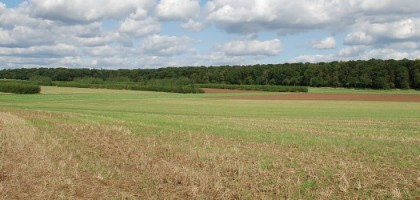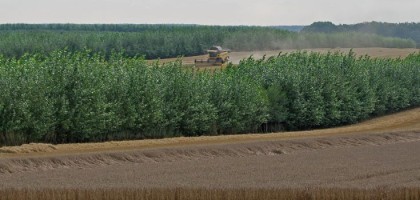TP 1-6: Socio-economic valuation
Socio-economic evaluation of agroforestry systems
Summary
Agroforestry in Germany is perceived positively both by farmers and the general public. Scientific findings in the SIGNAL project support ecological and economic advantages of alley cropping. But why is the implementation rate of alley-cropping systems in Germany then so low? This may in parts be attributed to the fact that agroforestry systems are often assessed as mutual alternative to monocultures at the field level, while many obstacles only become apparent at the farm level. The question, how alley-cropping may be integrated as a complementary farm component has, however, seldom been systematically analysed.
In this 3rd phase, we therefore aim at investigating not only whether conversion of monocultures into alley-cropping can increase utility for both a private (i.e. farmer) and public (i.e. tax payer) beneficiary, but also how much of alley-cropping will be 1) desirable and 2) can realistically be integrated into farm realities as a compromise solution to provide ecological and economic functions under various farm conditions. Our approach will be twofold: First, we will use a bio-economic modelling approach incorporating monetary values of either provisioning services only or multiple ecosystem services. Second, we will use ecological and economic indicators in a multi-criteria analysis. Following the BonaRes Assessment Plattform, using these complementary methods will allow us to provide decision-support from different perspectives and for different purposes. The bio-economic farm model will couple biophysical modelling (TP 5) with portfolio theory. The non-linear programming approach accounts for uncertainties in service provision, and allows for incorporating farm constraints (e.g. heterogenous site quality, liquidity, pre-conditions for subsidies) to reflect farm realities. The model will first include provisioning services only (private perspective) and will then be expanded by the economic value of regulating services, such as pest regulation and social costs of carbon, nitrogen and phosphor (e.g. based on recent estimates by Förster et al. 2019) (public perspective). We hypothesize that the functional relationship between the area converted to alley cropping within a farm and utility gained will differ between a public and private beneficiary. We expect that the respective difference in the optimal share of alley cropping between these perspectives is lower on lower nutrient sites. We will test which amount and design of payments (e.g. direct payments, carbon/nitrogen taxes, price premiums) would be needed to achieve a compromise solution between the two optima and whether these coincide with the estimated willingness to pay by German tax payers. As valuation in monetary terms may exclude important soil functions, which lack instrumental values, but also important drivers of farmer’s decisions beyond economic utility, we will complement our analysis by further developing the multi-criteria optimization approach. The twofold approach shall showcase the application of the BonaRes Assessment Platform in the context of agroforestry in order to support its implementation for the efficient use of soil resources.
